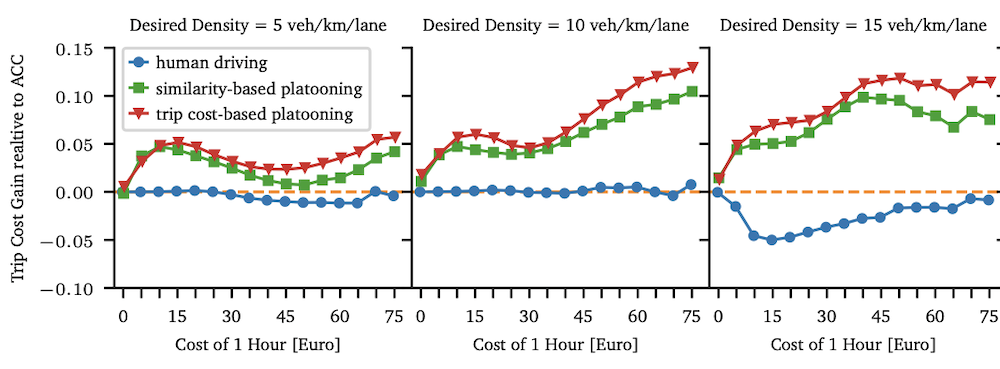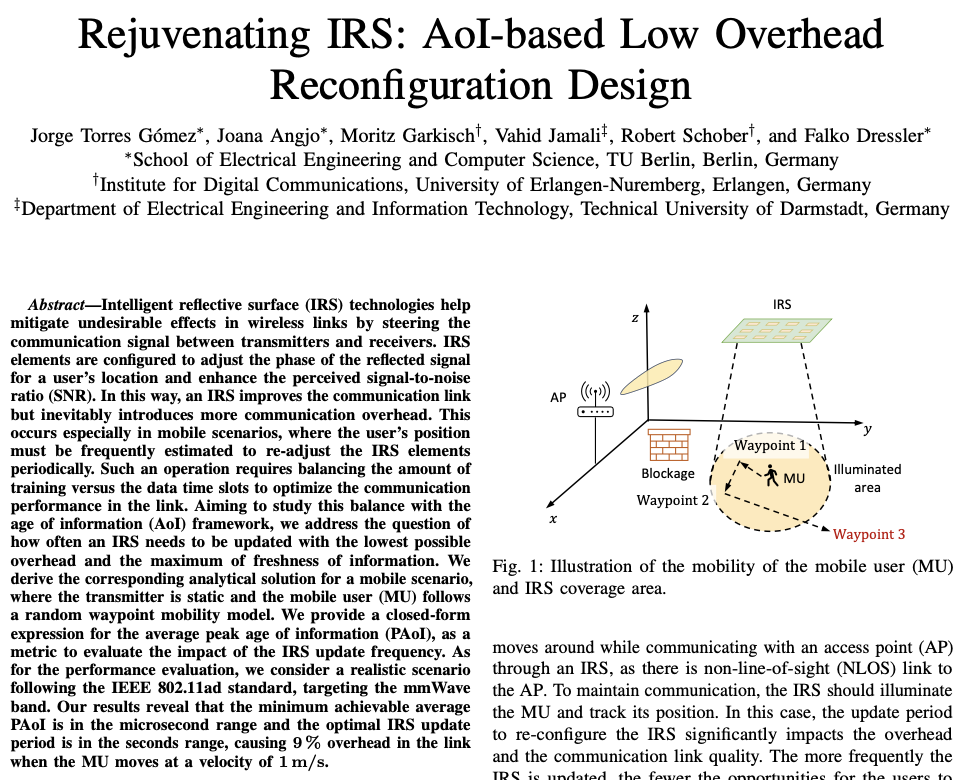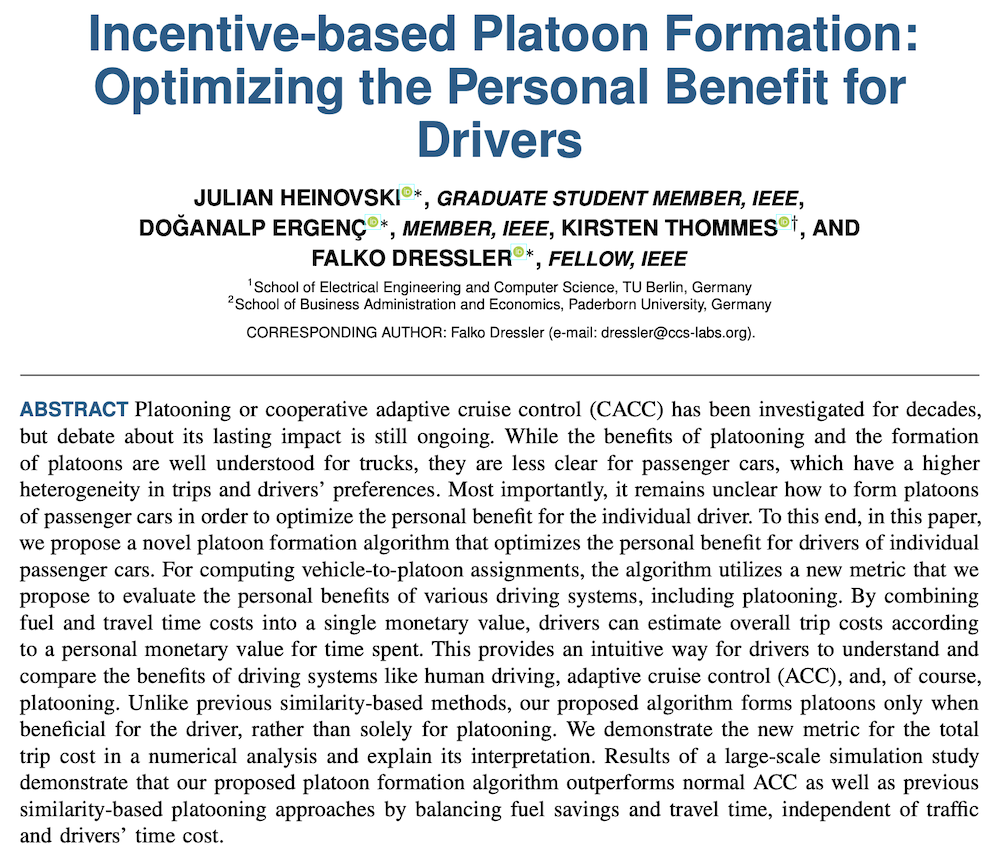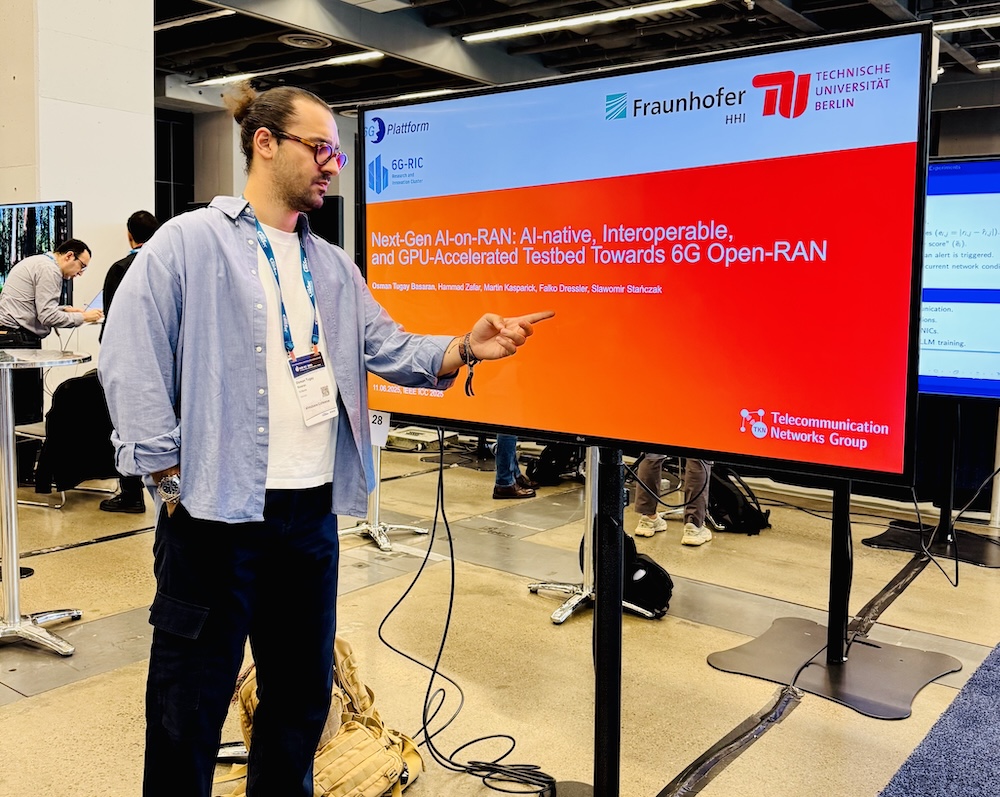Literature Database Entry
bauer2016inexpensive
Johannes Bauer, "On Inexpensive Methods for Improving Security of Embedded Systems," PhD Thesis, Department of Computer Science, Friedrich–Alexander University of Erlangen–Nuremberg (FAU), November 2016. (Advisor: Felix C. Freiling; Referee: Falko Dressler)
Abstract
We usually scrutinize security of embedded systems under an extraordinarily sophisticated attacker model: the adversary has physical possession of the target and unlimited time to break it. For the defensive side, this forms an exceptionally challenging scenario. This thesis studies fortification of systems against such adversaries. The principal contributions lie in the field of embedded security, where we explore methods of building secure systems in a resource-efficient manner. This allows implementation of our countermeasures on resource-constrained microcontrollers. While these have a detrimental effect on runtime performance, the cost of the hardware itself remains unaffected, thereby providing an attractive and inexpensive alternative to hardware countermeasures. Next, we will briefly outline our contributions. Attacks such as Differential Power Analysis (DPA) enable adversaries to exploit even the most minute differences in data dependent energy consumption. To make it more difficult for attackers to gain access to secrets within a chip, effective countermeasures need to be employed. One technique, implemented using only software, is described by us as a first contribution. We use binary recompilation to achieve binary code polymorphism. This causes different characteristic emission patterns for each call of a protected cryptographic primitive. Due to extensive and sophisticated pre-calculations which we perform at compile time, execution is extremely fast during runtime. Since not only power consumption but also timing differences are something that attackers can exploit with great accuracy, we studied detection of timing leaks. Considering the architecture of today’s increasingly complex microcontrollers, manual estimation of runtime has become virtually infeasible. Therefore, as a second contribution, we developed a behavioral Cortex-M core emulator which permits cycle-accurate simulation. We show how to incorporate such an emulator in a semi-automatic vetting process. After compilation, all security-relevant routines within the code are analyzed and checked for timing discrepancies. The complexity of modern microcontroller units (MCUs) is shown from a different angle when considering attackers who can manipulate firmware. Since the reduction of electromagnetic interference (EMI) is an important goal of system designers, many recent MCUs already include software-tunable EMI countermeasures. In our third contribution, we show how these anti-EMI peripherals can be abused to construct covert channels. Unfortunately for the defensive side, these channels operate in the radio frequency domain and thus could be used for wireless transmission of data - even when the benign application was never intended to perform such communication. We describe how changes in parasitic electromagnetic emission can be used to encode data and what hardware is necessary to recover this data. To increase the resistance of embedded systems against physical attacks, it is common to use special semiconductors which employ hardware countermeasures. The downside of such integration is that the specialized device usually dictates the exact cryptographic construction. How such hardware can be used nevertheless to augment general-purpose microcontrollers is something we focus on with our fourth contribution. As a demon- stration, we incorporate a hardware security module in the handshake of the transport layer security (TLS) protocol. We do so without the need to create a custom cipher suite and without modifying the TLS handshake itself; instead, we use a generic approach by relying on implementation-specific protocol invariants and therefore get around the limitations which would be imposed by nonstandard protocol modifications. When processors make use of external peripherals, such as dynamic random access memory (DRAM), another attack vector arises: Due to parasitic effects of the physical construction of modern high-density RAM, it is possible that the hardware cannot guarantee data integrity for all bit patterns. To counteract this, a technique commonly used by memory controllers is the scrambling of data to gain an effectively bias-free bitstream on the RAM chip. With our fifth contribution, we show how one such scrambling scheme by Intel works in-depth and how scrambled memory can be descrambled to reveal the original memory content. In the field of forensics, this is highly relevant: When physical memory acquisition, for example by cold-boot attacks, is used to capture a memory image, descrambling of that image is required before it can be analyzed meaningfully. We furthermore discuss how knowledge about scrambler-internal workings may open up possibilities for an attacker to deliberately cause disturbances in RAM.
Quick access
Contact
Johannes Bauer
BibTeX reference
@phdthesis{bauer2016inexpensive,
author = {Bauer, Johannes},
title = {{On Inexpensive Methods for Improving Security of Embedded Systems}},
advisor = {Freiling, Felix C.},
institution = {Department of Computer Science},
location = {Erlangen, Germany},
month = {11},
referee = {Dressler, Falko},
school = {Friedrich--Alexander University of Erlangen--Nuremberg (FAU)},
type = {PhD Thesis},
year = {2016},
}
Copyright notice
Links to final or draft versions of papers are presented here to ensure timely dissemination of scholarly and technical work. Copyright and all rights therein are retained by authors or by other copyright holders. All persons copying this information are expected to adhere to the terms and constraints invoked by each author's copyright. In most cases, these works may not be reposted or distributed for commercial purposes without the explicit permission of the copyright holder.
The following applies to all papers listed above that have IEEE copyrights: Personal use of this material is permitted. However, permission to reprint/republish this material for advertising or promotional purposes or for creating new collective works for resale or redistribution to servers or lists, or to reuse any copyrighted component of this work in other works must be obtained from the IEEE.
The following applies to all papers listed above that are in submission to IEEE conference/workshop proceedings or journals: This work has been submitted to the IEEE for possible publication. Copyright may be transferred without notice, after which this version may no longer be accessible.
The following applies to all papers listed above that have ACM copyrights: ACM COPYRIGHT NOTICE. Permission to make digital or hard copies of part or all of this work for personal or classroom use is granted without fee provided that copies are not made or distributed for profit or commercial advantage and that copies bear this notice and the full citation on the first page. Copyrights for components of this work owned by others than ACM must be honored. Abstracting with credit is permitted. To copy otherwise, to republish, to post on servers, or to redistribute to lists, requires prior specific permission and/or a fee. Request permissions from Publications Dept., ACM, Inc., fax +1 (212) 869-0481, or permissions@acm.org.
The following applies to all SpringerLink papers listed above that have Springer Science+Business Media copyrights: The original publication is available at www.springerlink.com.
This page was automatically generated using BibDB and bib2web.








